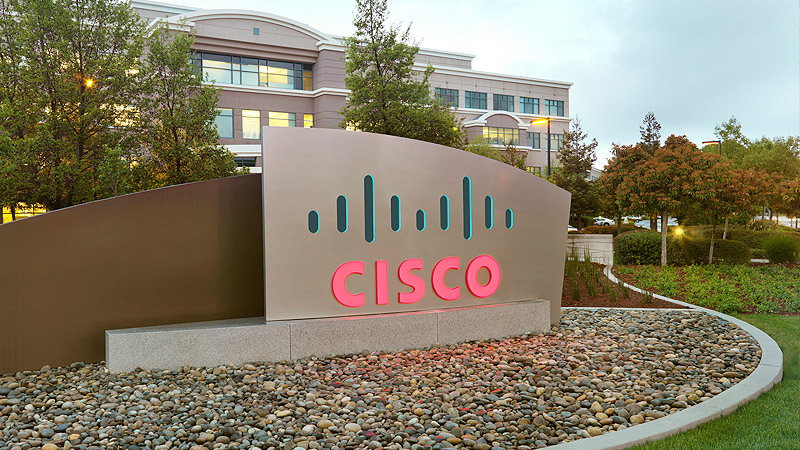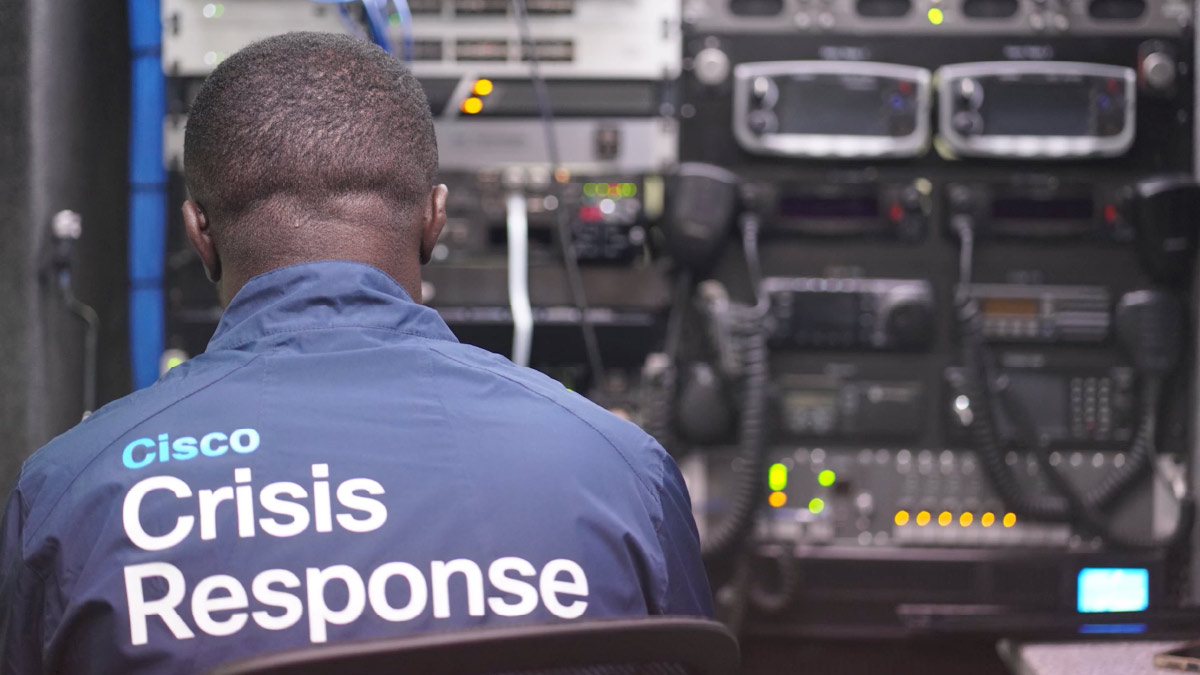SAN FRANCISCO, Calif. -- October 20, 1999 -- Cisco Systems, Inc., the worldwide leader in networking for the Internet, announced today that its IP Multicast solutions support broadcast-quality content transmission over the Internet with minimal packet loss. Cisco IP Multicast, delivered by Cisco IOS. Software, enables simultaneous transmission of content, including live video and audio, over the Internet to PCs at multiple sites-with no impact on bandwidth or quality degradation. Earlier this month, Cisco and the University of Oregon completed the first large-scale Internet broadcast to universities in the United States connected to the Internet2 networks. Participating universities experienced zero to less than two percent packet loss during the 12-hour broadcast of the NetAid event. NetAid, a global initiative to end extreme poverty, was launched via three overlapping concerts held in New York, London and Geneva on October 9, and performed by the world's most popular entertainers.
The first to deliver an IP Multicast solution to market nearly two years ago, Cisco either pioneered or has continued to evolve the protocols-PIM, MBGP and MSDP-required to implement this technology. The success of the Internet broadcast confirms that multicasting is viable for efficiently deploying distributed group applications, including multimedia, distance learning, medical imaging and video conferencing, across the Internet or corporate Intranets in a scalable manner. Cost, scalability and performance are no longer barriers to providing such applications. Today, many leading service providers in North America, Europe and Asia have deployed the Cisco IP Multicast solution.
"The Internet is quickly becoming a primary source of news and entertainment for many of us," said Christine Falsetti, Cisco product manager for IP Multicast. "Both service providers and content providers are looking for efficient, high-speed distribution systems to transmit their content to Internet users around the world. Cisco pioneered and continues to enhance multicast protocols PIM, MBGP and MSDP to provide a reliable, scalable and cost-effective method to deliver streaming video, audio and text to multiple, simultaneous Internet users anywhere in the world - via a single Internet connection."
IP Multicast Technology
Multicast enables a one-to-many distribution of all types of data to geographically dispersed group of users simultaneously-something that is not possible with unicasts or broadcasts. IP Multicast relies on the concept of a virtual group address. By sending one packet addressed to all recipients and replicating at key points in the network, information can go exactly to the people who want it-quickly and efficiently.In normal TCP/IP routing, a packet is routed from a source address to a destination address, traversing the IP network on a hop-by-hop basis. With IP Multicast, the packet's destination address is not assigned to a single destination. Instead, receivers join to a group, and when they join, packets addressed to that group begin flowing to them. All members of the group receive the packet. Senders to the group do not need to be members of that group, and group members are not required to send to the group. Unicast packets have a destination IP address pointing to a single recipient, while broadcasts have a destination address for all hosts on a specific subnet.
Availability
All Cisco IOS. software-based platforms already support multicast, including Cisco Catalyst family switches and routers. Additional information on the Cisco Multicast solution can be found at www.cisco.com/warp/customer/732/multicast.Cisco Systems
Cisco Systems, Inc. (NASDAQ:CSCO) is theworldwide leader in networking for the Internet.Cisco, Cisco Systems and the Cisco Systems logo are registered trademarks of Cisco Systems, Inc. in the U.S. and certain other countries. All other trademarks mentioned in this document are the property of their respective owners.



